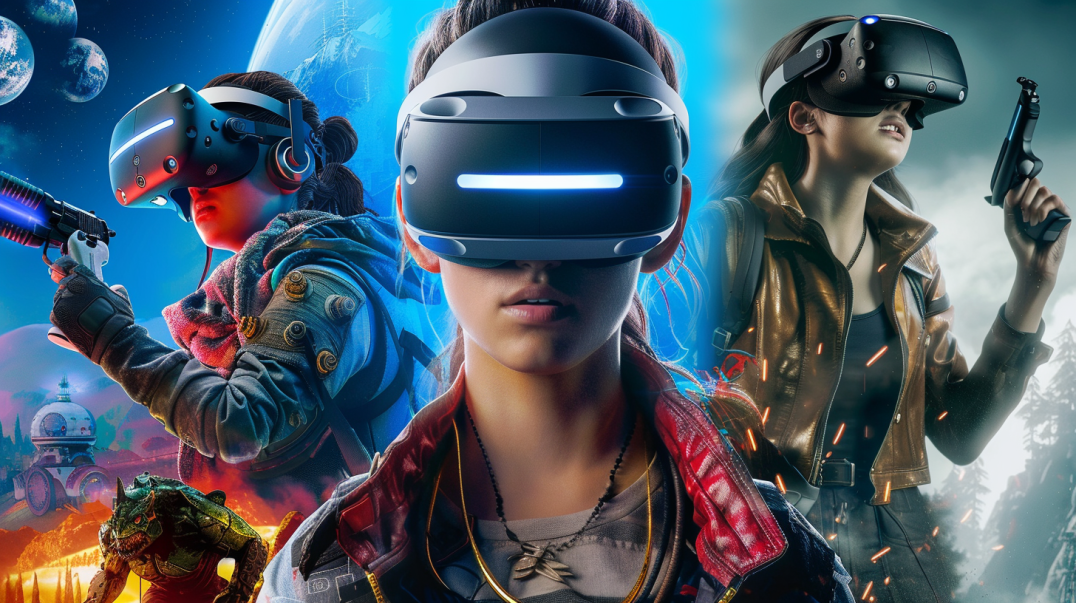
How VR Games Are Developed: Behind the Scenes
Virtual Reality has redefined the gaming experience, immersing players in lifelike environments and interactive worlds that push the boundaries of imagination. But have you ever wondered how these cutting-edge VR games are actually made? Behind every polished title lies a complex and creative development process that combines art, technology, design, and psychology. This blog takes you behind the scenes to explore the journey of VR game creation, from concept to launch.
The development of a VR game begins with a strong concept. Developers must first identify an engaging core idea that can be enhanced through immersion. Unlike traditional games, VR titles require spatial thinking—how players will move, look, and interact within a 360-degree environment. Early planning often includes whiteboarding mechanics, sketching environments, and defining the overall feel of the experience. Game studios also consider accessibility, motion comfort, and user interface design, as VR games must be intuitive yet powerful.
Once the foundation is laid, the work of artists and modelers begins. Every object, texture, and environment must be crafted to function smoothly in 3D space. Assets are optimized for performance, since VR requires a high and stable framerate to prevent motion sickness. Developers often use game engines like Unity or Unreal Engine, which offer specialized VR development toolkits. Animators bring life to characters, while sound designers create immersive audio landscapes that react dynamically to user input and movement.
Programming plays a critical role, with developers coding interactivity, physics, AI behavior, and controller functionality. VR-specific mechanics—like hand tracking, gaze detection, and gesture recognition—require specialized input systems. Testing in real hardware is constant, as even minor bugs can severely impact player immersion. Playtesting is vital throughout, with developers closely observing player reactions and adjusting comfort features like teleportation, snap turning, and user height calibration.
One of the most important aspects of VR development is user comfort. Developers conduct extensive research on locomotion techniques, player posture, and visual cues to ensure long play sessions don’t lead to discomfort. From adding vignetting effects during movement to ensuring static UI elements remain anchored, comfort-first design is deeply embedded into the workflow.
As the game nears completion, optimization and polish are key. Developers streamline code, reduce asset complexity, and optimize shaders and lighting to keep performance high across different VR headsets. QA teams test the game across multiple devices to ensure compatibility, whether it's Meta Quest, PlayStation VR, or PC VR platforms. The final stages include marketing, trailer creation, community previews, and preparing the game for digital storefronts like our very own game store, which showcases upcoming and newly released VR titles.
Bringing a VR game to life is a massive endeavor involving creative vision and technical mastery. Every scene, sound, and interaction is carefully crafted to transport players to entirely new realities. At our game store, we proudly support these creators by offering a platform to showcase their work, share development updates, and connect directly with a passionate VR community. Next time you play a VR game, take a moment to appreciate the incredible process behind its creation—it’s truly a world built from code, creativity, and innovation.
Leave a Comment
Your email address will not be published. Required fields are marked *
Thank you for comment out to us!